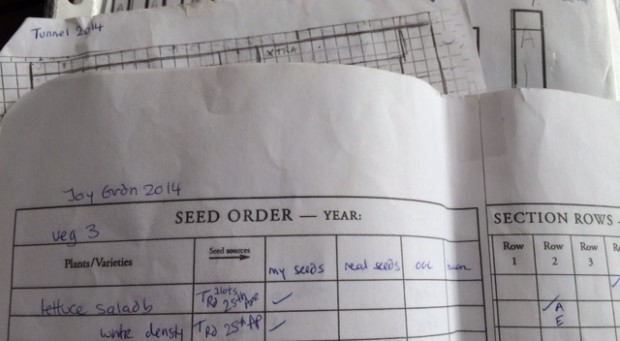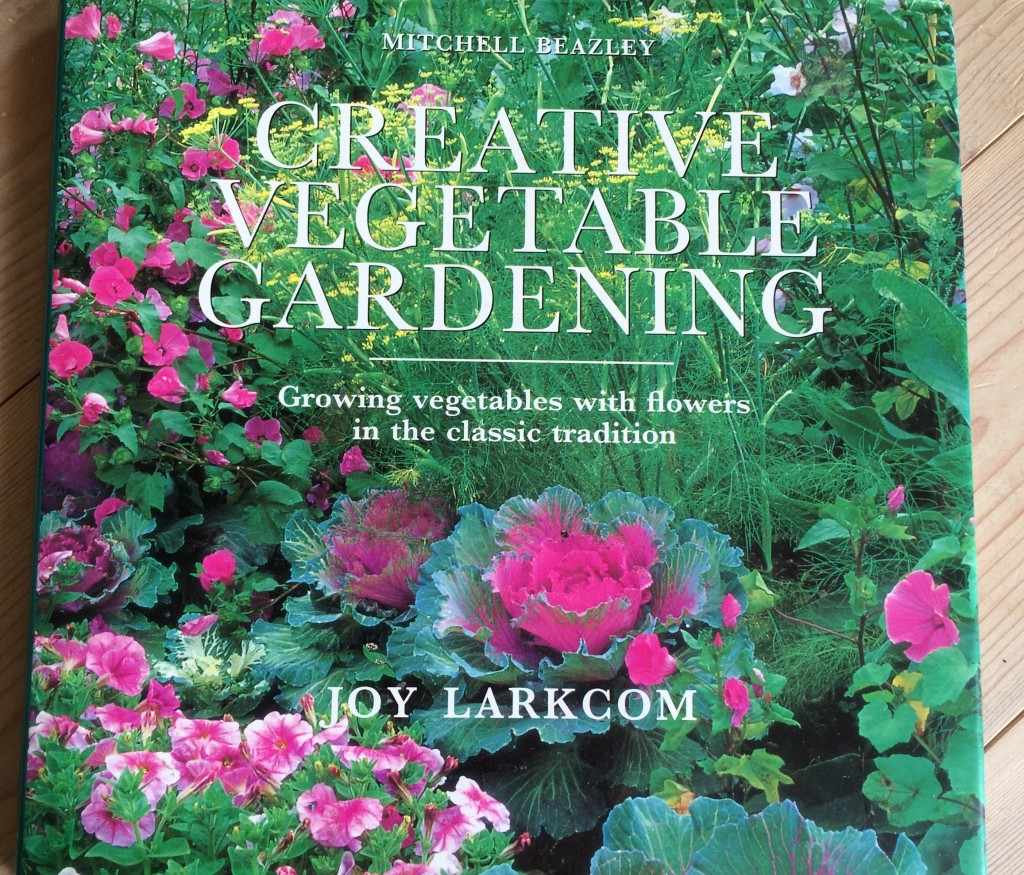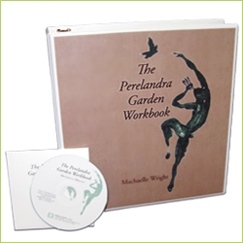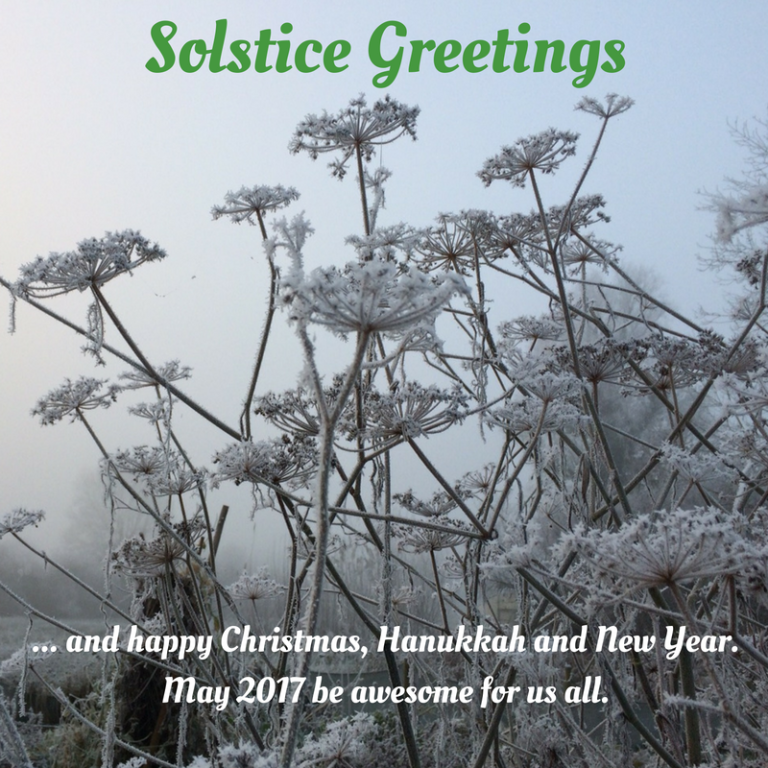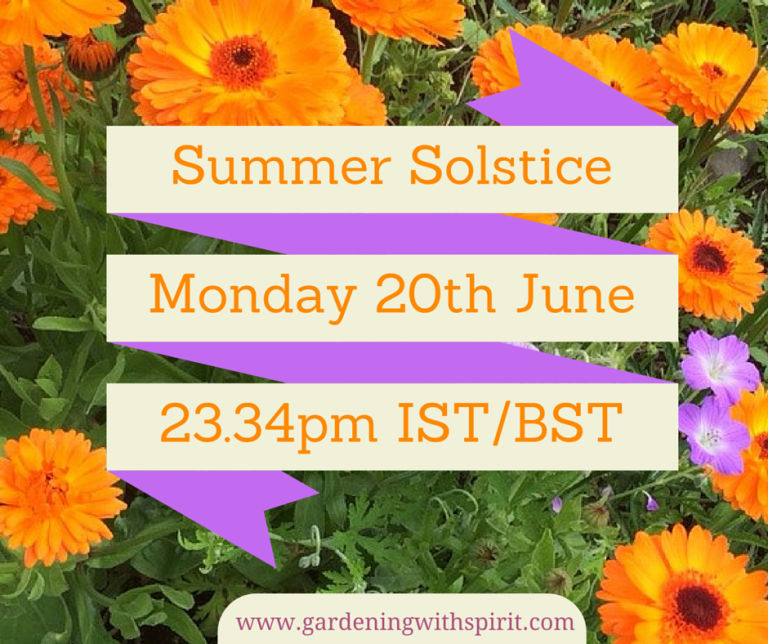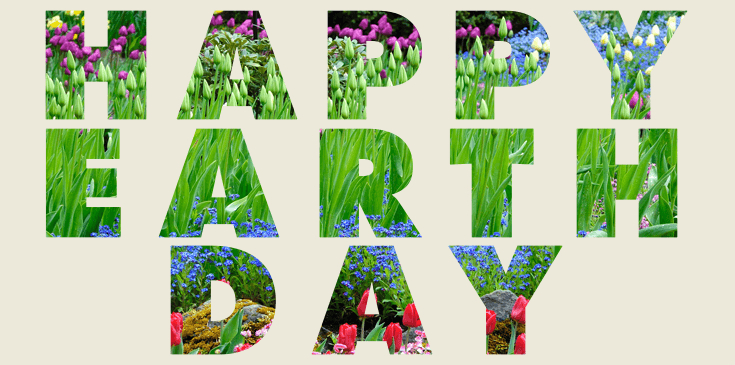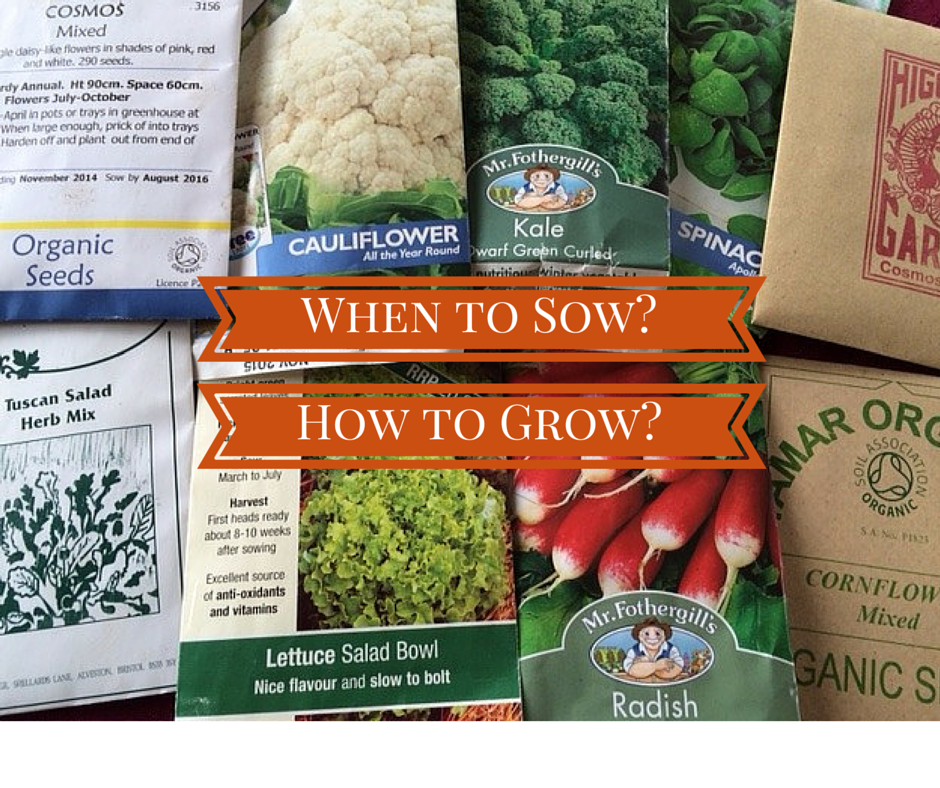I’ve been meaning to write this post for quite a while now but I guess I’ve been a little shy of it too. Not everybody ‘gets’ the whole co-creative gardening thing and by openly telling people that I’m ‘talking to nature’ to choose my plants and help create my planting plans, I know I’ll get some funny looks to say the least. Yet, it’s the truth and to me it seems perfectly simple and logical and I want others to understand the ease and wisdom of that process. So, here we go.
The importance of choosing plants for the garden
Obviously what we plant in the garden is really important to us. For example, if we want a vegetable garden we want to have the plants that we like to eat, that taste good and that will grow easily in our climate and local soil conditions. I’ve always liked the idea of Heritage and open pollinated varieties so I could save seed where possible, so that was also important to me from the outset, as was having flowers that were beneficial for insects, especially bees.
When I started to gently put my toe into the world of co-creative gardening I had already learned from organic gardening practices and permaculture ideas the importance of having diversity in a planting scheme and how it reduced pest problems. I loved the idea of intercropping and companion planting. I adored the ideas in Joy Larkcom’s book ‘Creative Vegetable Gardening’ (see image below).They just felt right and were a great starting point for me.
The co-creative approach
I also became aware that there was a vast knowledge bank that I could tap into, through nature itself.
This is the essence of co-creative gardening. By partnering with nature and communicating directly with nature intelliegence (at both the level of the local garden energies and the energic blueprint level of the plant species / overlighting energies) we are able to tap into a deeper level of wisdom and together choose a planting scheme that will meet the gardeners needs in a way that also benefits nature and allows the garden to truly thrive.
This idea has always excited and fascinated me, since I first read about it in The Findhorn Garden Book and Maechelle Small-Wright’s work at Perelandra. I was intrigued with the idea that nature could tell us directly what plants would be most likely to thrive for us. I was curious about how sometimes nature suggested adding other plants that would bring extra balance to the garden. I just had to explore further.
How my co-creative gardening practies developed
At first I pretty much followed my intuition when planting things out but once we started this garden here in 2009 I knew it was time to more consciously partner with nature. So, I set up a garden partnership, created a nature sanctuary (as per the Perelandra Garden workbook) and let the games begin. I’ll admit to be very relaxed about it that first year, just following my gut.
I had a planting plan and I think I used kinesiology to choose the plants and set the location of the polytunnel, but didn’t check in with nature much or get times for sowing or fertilizer information, but it was a good start and the tunnel garden thrived.
Having to leave the garden that autumn until 2011 (due to planning issues with the house, long story) meant that the garden got pretty neglected and weedy and it was a challenge to bring things back into balance and get my momentum back. I was a bit overwhelmed and I guess it took time to process the crazyness of that time.
It was 2014 before I felt able to commit to trying the whole co-creative gardening lark fully again and this time I went in the deep end, trying the full Perelandra chart system, using kinesiology to determine all the vegetables, herbs and flowers and the sowing schedule. I have to admit that it was overwhelming and although I started well, it just didn’t work out for me. For example, if I missed a sowing day on the schedule or seedlings failed to come up I’d have to go back and do MORE kinesiology. Then there should also have been a schedule for planting out and fertilizing!
It started to feel like a chore. Also, my long term romantic partnership was ending at the time and I guess I wasn’t in the most balanced frame of mind. I aslo knew that this had to be fun for me, that it was important that my garden interactions were fun and it was feeling more stressful than fun, so I knew something had to change.
Luckily, with the help of some allies, I realized that I had to step back from that approach and just go play in the garden and relax for a while rather than trying to stick to that schedule and approach.
This years approach.
As this year began I found myself becoming drawn to permaculture practices and principles again. I saw how permaculture looked to nature for inspiration and best practice e.g. the forest garden. I loved the practicality of it, how grounded it felt. I relazed that it’s such a good foundation for approaching nature connection and gardening. It encourages us to read the landscape to learn from what the land tells us, through the plants that naturally grow there, the type of growth etc. It encourages techniques and practices that benefit the earth and soil, such as mulching. So, permaculture became my foundation for this years gardening. It was my inspiration to get my garden mojo back.
Still, I know that nature has another level of wisdom to add, like the icing on the cake, so again, I wanted to find a way to work in partnership with nature intelligence in the garden. It’s hard to describe why this is so important to me, it just feel so ‘right’ and exciting, like there is an amazing synergy from this kind of partnership and that excites me, I can feel the energy of it when I think about it and gardening without that seems somehow ‘flat’ and uninspiring.
So, I’m playing it by ear this time. It feels right to use a mixture of kinesiology and intuition. This year it’s all about fun and connection. I have created a planting plan for the polytunnel garden and Joy Garden already, using kinesiology to determine the main planting for each section and then using intution backed up by kinesiology when necessary for the interplanting and polycultures. I noticed in the new Perelandra workbook that Maechelle introudced the concept of gut gardening (more intuitive and no endless charts) and that is similar to what I’m starting off by doing here.
Here’s a quick video I made back in March explaning the process I used to determine the planting plan for the polytunnel.
I’ll report back as the season progresses to let you know how it’s all working out for me.

